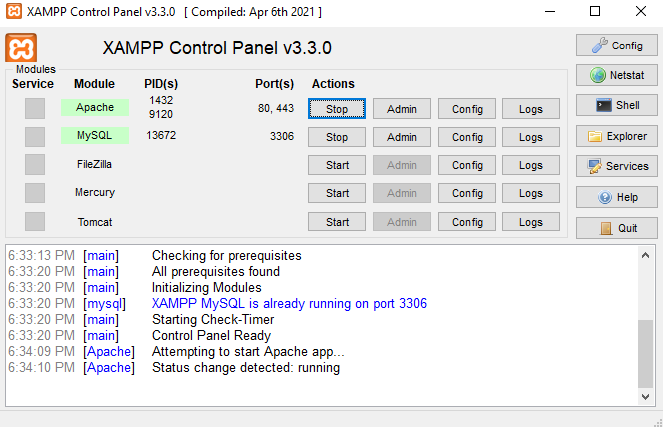
Electrical circuit Theory and Technology
Tests and measurements are important in designing, evaluating, main- taining and servicing electrical circuits and equipment. In order to detect electrical quantities such as current, voltage, resistance or power, it is necessary to transform an electrical quantity or condition into a visible indication. This is done with the aid of instruments (or meters) that indi- cate the magnitude of quantities either by the position of a pointer moving over a graduated scale (called an analogue instrument) or in the form of a decimal number (called a digital instrument).
An attraction type of moving-iron instrument is shown diagram- matically in Figure 10.2(a). When current flows in the solenoid, a pivoted soft-iron disc is attracted towards the solenoid and the move- ment causes a pointer to move across a scale.
With direct voltage measurements, only the Y amplifier ‘volts/cm’ switch on the c.r.o. is used. With no voltage applied to the Y plates the position of the spot trace on the screen is noted. When a direct voltage is applied to the Y plates the new position of the spot trace is an indication of the magnitude of the voltage. For example, in Figure 10.14(a), with no voltage applied to the Y plates, the spot trace is in the centre of the screen (initial position) and then the spot trace moves 2.5 cm to the final position shown, on application of a d.c. voltage. With the ‘volts/cm’ switch on 10 volts/cm the magnitude of the direct voltage is 2.5 cm ð 10 volts/cm, i.e. 25 volts.






